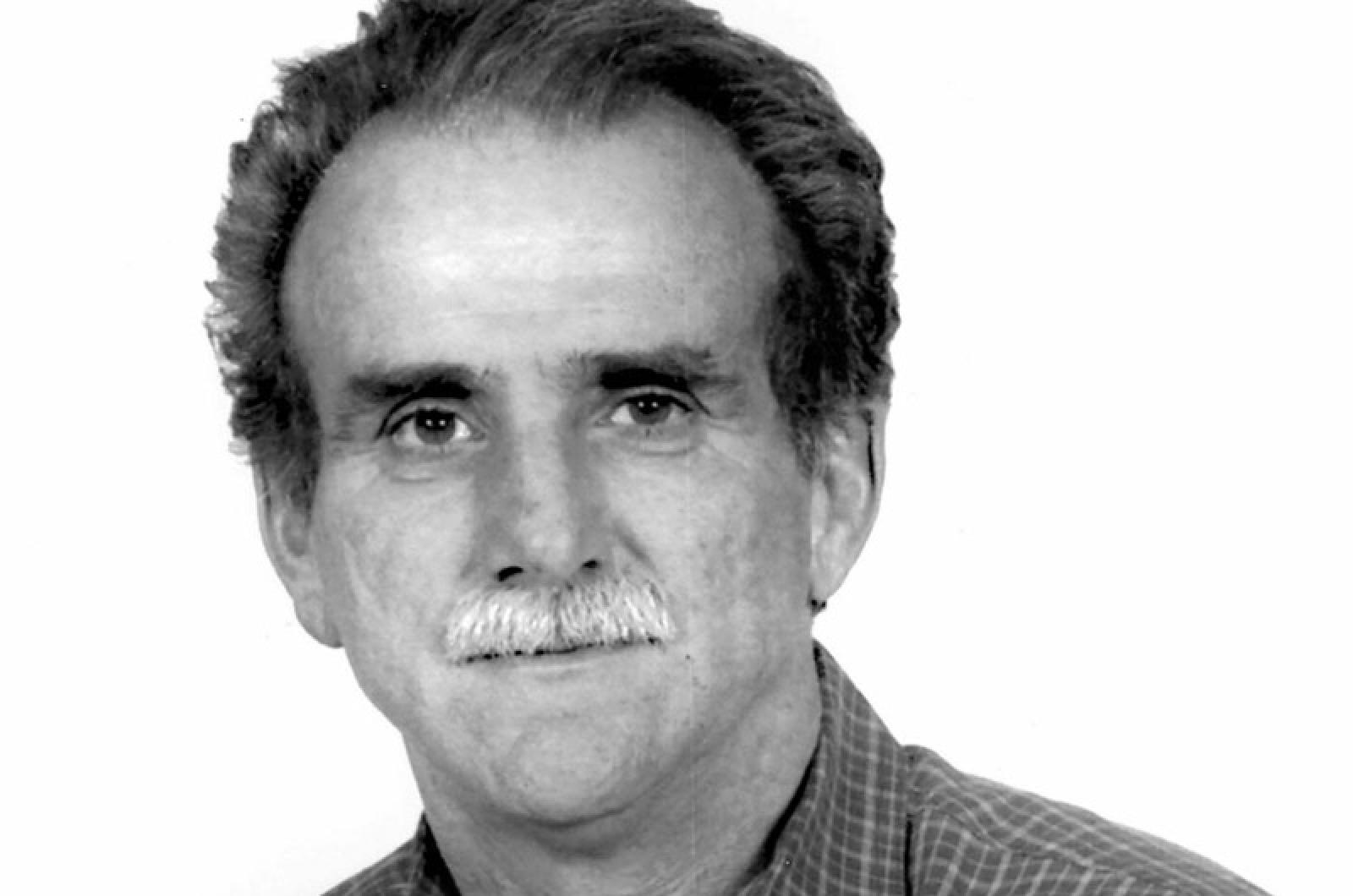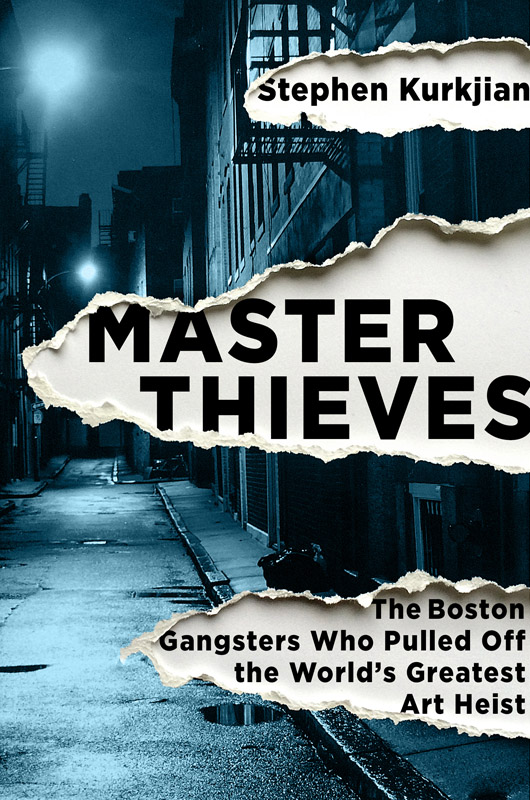Stephen Kurkjian’s new book has the characters, intrigue and pace of a mystery novel. All it lacks is the culprit. That’s because his subject matter, the burglary at the Isabella Stewart Gardner Museum more than 25 years ago, remains unsolved.
This much is known: On March 18, 1990, during the early morning hours, two thieves disguised as Boston police officers stole 13 works of art from the museum including three Rembrandts and a Vermeer. Neither the criminals nor the works of art have been uncovered.
Mr. Kurkjian, a journalist with the Boston Globe who has earned three Pulitzer Prizes during his career as an investigative reporter, has been on this case since the beginning, writing extensively about the theft and the subsequent mystery. His new book, Master Thieves: The Boston Gangsters Who Pulled Off the World’s Greatest Art Heist, brings all of his experience and expertise on the subject together in one place. He hopes it will also help lead the police to finally catch the thieves.
Mr. Kurkjian will speak about his work at the book festival on Saturday at 1:30 p.m. at the Harbor View Hotel, and on Sunday at 12:45 p.m. at the Chilmark Community Center.
“In investigative journalism, you lead with a surprise and the rest of the story justifies it,” he said in an interview. “But here, I felt that if I didn’t do a book, it would always be disconnected pieces. I wanted to a give a narrative and a path to getting the paintings back.”
But getting the art back would necessarily include finding out who took it in the first place, or at least who has it now. Mr. Kurkjian’s book traces the complex and winding story of the known characters involved with the heist, many of whom seem like fictional creations in their own right, ranging from Louis Royce, the petty thief who knew about the museum’s lax security, to Robert Donati, the chauffeur for mob leader Vincent Ferrara and, according to Mr. Kurkjian, the likely culprit.
Mr. Kurkjian takes these characters and presents a story of the robbery and its aftermath that is complemented by interviews he was able to conduct with a range of figures involved with the case, including those who had originally received little attention, such as the wannabe musician and Deadhead Richard Abath, the security guard on duty the night of the crime.
The museum’s security was notoriously lax, with limited resources being put into making sure that alarms were up to date and working, not to mention ensuring that the guards were sober. It was, in many ways, a burglary waiting to happen.
But ultimately, the real story of the robbery is the motive. After years of investigation and research, federal agencies involved have struggled to pin down a clear motive that would unlock the mystery as to why the paintings were taken to begin with, and why they have not yet been recovered. Mr. Kurkjian comes to the conclusion that Mr. Donati is responsible, having stolen the works of art to get his boss, Mr. Ferrara, out of prison.
“Donati bought into that myth that you can get out of this. You can use the artwork to make a deal,” said Mr. Kurkjian. “Ferrara understands how the real world works, but the other guys, they believe the myth.”
After all these years, Mr. Kurkjian believes that law enforcement would be willing to work with anyone to get the art back. And getting priceless classics back into the public view was one of the reasons why he decided to write the book in the first place.
“If this was the Constitution, we would feel that,” Mr. Kurkjian said. “It’s easy to see the patrimony in the French impressionists or the Dutch artists like Rembrandt, but here, we don’t necessarily have the same reaction. But our children and our grandchildren have never even seen these [stolen] paintings.”
Getting them back might not simply be a matter of finding out who took them or who has them now. That window of opportunity, in fact, may have already passed.
“If someone actually knew where the stuff is, they’d bring it back. The reward’s too big,” said Mr. Kurkjian. “But they might be dead or gone, so it’s really finding the pieces, convincing family and associates to figure out where it is now.”
Nevertheless, Mr. Kurkjian sees it as a public service to have the paintings returned, noting that Ms. Gardner herself originally built the vast private collection so that the public could enjoy works of art. For now, however, the only place the paintings exist is in reprints and online archives.
“You just gotta see them,” he said. “I mean, you stand to close to that Rembrandt seascape, you’re going to get wet!”
Mr. Kurkjian is confident that the paintings will be returned, noting the obstacles Boston has overcome in the past in dealing with significant criminal and destructive problems from Whitey Bulger to the Boston bombings.
“I was told you need a final chapter, you need to recover the paintings,” said Mr. Kurkjian. “And it still needs a final chapter. But we survived the bombing a stronger city, and I think that will be how we get out of this.”
Until then, Mr. Kurkjian hopes that his book can help to ignite enough public interest in the paintings to hopefully spur law enforcement and even any associates of the criminals involved to help find the paintings.
“When the Feds do want something, they’re tough,” he said.







Comments
Comment policy »